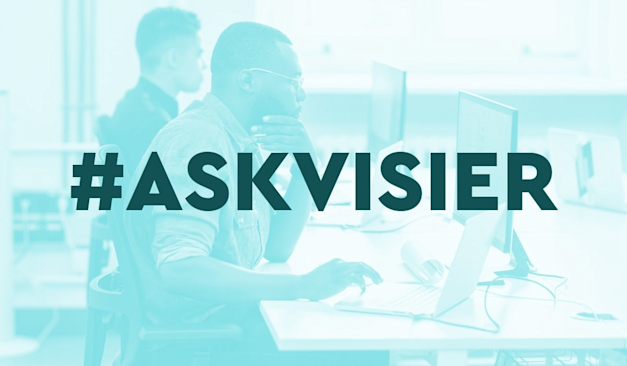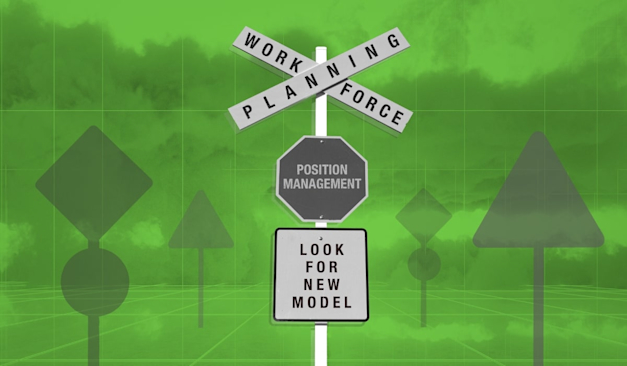
How To Keep HR and Finance in Sync on Headcount Planning
Effective workforce planning requires HR and Finance work as a team. Here's how HR and Finance can keep in sync during three core stages.
Future of Work
The world of work has changed, and continues to evolve. Insights and reporting on workplace, workforce, and work trends to help business prepare for what's next.
Back to blog
From Analytics to Action: Strategic Workforce Planning in the AI Era

What Does “The Future of Work” Mean?

4 Strategies for Workforce Transformation in the AI Era
Latest on Future of Work

Everything You Need To Know About Employee Productivity
Boosting employee productivity means creating the right environment for employees to thrive. Learn how to make employees more productive here.

Redefining Workforce Productivity: How AI and Data Are Driving the Future
AI and data-driven strategies are redefining workforce productivity. Learn how businesses can use people and work data with AI to drive efficiency and growth in a changing world.

What Is a Recession?
What is a recession? A recession is a time of declining economic performance which can last for several months or even years.

How to Prepare for a Recession and Still Avoid Layoffs
Preparing for a recession? Many businesses rush into layoffs which cost them big later. Here’s a smarter way.

Talent Density Explained: Driving Growth with Top Performers
Talent density boosts productivity, innovation, and growth. Learn strategies for building, balancing, and measuring talent density in your workforce.

HR Effectiveness: What It Is, and How To Measure It
Measuring HR effectiveness means taking an active role in assessing and improving your human resource department. Read this guide to learn more.




